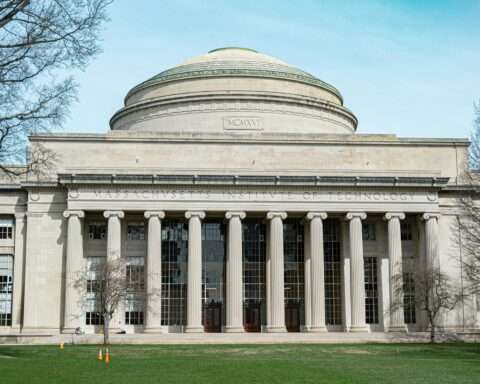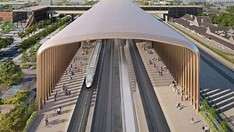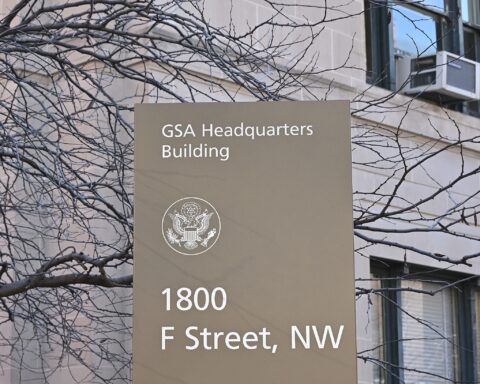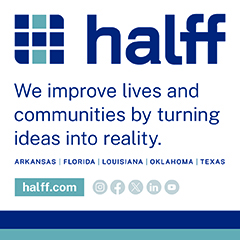Ohio is unveiling $100 million in tax credits to spur additional investments for mixed-use development projects around the state.
In a joint announcement between Governor Mike DeWine and the Ohio Department of Development (ODOD), the state is announcing financial support for local infrastructure projects that foster economic and communal growth through the Transformational Mixed-Use Development Program (TMUD). This fourth annual round of funding, which was approved by the Ohio Tax Credit Authority during its monthly meeting, will expand Ohio’s production of mixed-use spaces and support projects that revitalize urban areas in need of redevelopment across Ohio.
“With new development and growth comes new possibilities for Ohioans,” ODOD director Lydia Mihalik said.. “Mixed-use developments create lively communities that attract residents and visitors, transforming empty lots into places where people can connect and thrive.”
The TMUD program authorizes the usage of $100 million in state tax credits annually to offset the costs incurred during the construction of projects that catalyze larger redevelopment initiatives. Under the program’s fourth round, ODOD will fund projects that construct or redevelop more than 7.4 million square feet of retail, housing, dining, office, lodging and entertainment space.
RELATED: Ohio dedicates $55 million to redevelopment of abandoned properties
Split into major and general projects, TMUD will award funding to five major city initiatives that redefine large cities across Ohio.
The most expensive mixed-use major city project in this round is the Capital Square Renaissance Project in Franklin County. The project, which is estimated to cost $573.5 million, will secure a $33 million tax credit to mitigate the substantial initiative.
The Capital Square project will redevelop a 9.8-acre site into a dynamic mixed-use district, replacing underused buildings and parking with four new structures. The development initiative will include over 1,000 residential units, nine restaurants, office space and structured parking. Inspired by New York’s High Line, the project will also feature an elevated, accessible green space and additional public spaces to enhance community connectivity and pedestrian experiences in downtown Columbus.
ODOD will grant the second largest award to advance phase two of the West End Mixed Use Development project in Hamilton County. Addressing a long-standing halt due to funding complications, the tax credit intends to remove hindrances and redevelop space at TQL Stadium to include office, hotel, multifamily rentals, condos, retail, restaurants, parking and updates to the stadium.
The multi-phased, mixed-use development project at TQL Stadium will construct two 13-story mixed-use buildings, expand the stadiums’ offerings and capabilities and renovate more than 2.7 million square feet of space. Expected to be operational in the first quarter of 2026, the project is also anticipated to create approximately 2,102 construction jobs and 1,699 permanent positions at the stadium and surrounding venues.
Another major city project in Cuyahoga County is set to receive a $9.1 million tax credit to advance the Cuyahoga Riverfront Development beyond Phase 1. The $488 million project seeks to redefine Cleveland’s eastern riverfront by constructing a 17-story mixed-use building with a 190-room hotel, a 6,100-seat entertainment venue, restaurants, retail space and parking.
Expected to create nearly 3,500 jobs, the project will also feature a new athletic performance, practice and medical facility to maximize the site’s multipurpose spaces.
The final major city project awarded TMUD funds will secure $7.4 million in tax credits to redevelop The Galaxy at Polaris in Delaware County. Located just north of downtown Columbus, the estimated $269 million project will integrate retail, residential, office, restaurant, hotel and community spaces, spanning three phases. Overall, the initiative will develop 11 buildings, create approximately 2,102 construction jobs and maintain 1,699 permanent jobs.
The remaining general projects and respective funding allocations are listed below:
- Liberty Center Apartments in Butler County – $7.6 million tax credit to support the second phase of a mixed-use development project at Liberty Center Apartments in Cincinnati. The $76.2 million project will convert and expand 1.5 million square feet of mixed-use space to add 250,000 square feet of multi-family residential and retail.
- Heath Central Park Phase II in Licking County – $5.8 million tax credit for the second phase of a redevelopment project at Heath Central Park. The project, which is part of a larger development initiative near Newark Earthworks, will create 24 single-story multifamily residential buildings, assisted living facilities, public spaces and recreational facilities. Upgrades will include soccer fields, an ice skating rink and other spaces designed to support year-round sports and activities.
- Hocking Hills Complex in Hocking County – $5.2 million tax credit to a mixed-use project near Lake Logan, seeking to transform more than 20 acres of undeveloped land into office, retail, restaurant and residential space. The proposed $54.8 million site, which has become increasingly popular with tourists, will feature eight single and multi-level buildings and a variety of entertainment developments.
- Mahoning County Bank in Mahoning County – $1.4 million tax credit to rehabilitate the Mahoning National Bank office tower and convert the facility into a mixed-use space. The $16.5 million project will redevelop the building to include an event space, four floors of commercial shopping and 71 residential units.
The 2025 tax credits are designed to spur investments into mixed-used development projects, estimating an additional $2 billion from community sources and $1.1 billion in new payroll.
Notably, property owners may sell or transfer awarded tax credits to garner additional capital for redevelopment projects. The state credit authority will issue awarded tax credits concluding projects’ completion, if a project reaches tax collection thresholds or if the applicant qualifies for an alternative method of approval.
“As our state grows, it’s more important than ever that we are creating communities where current and future Ohioans can live up to their fullest potential,” Governor DeWine said. “By prioritizing developments that transform neighborhoods, we’re making Ohio a place where people will want to be—now and in the future.”
Image by Jürgen Rübig from Pixabay













